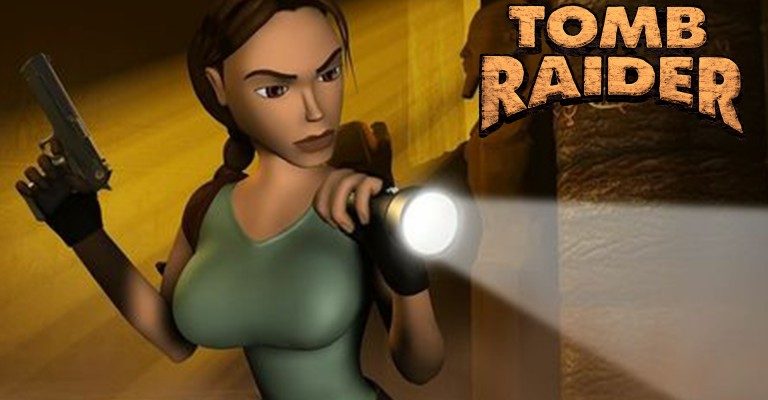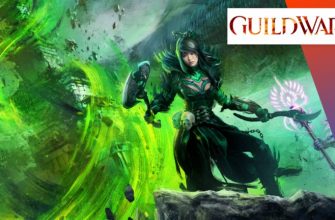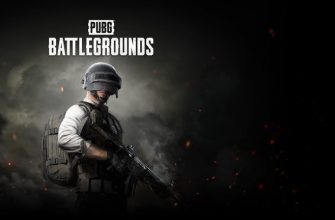It all starts with the idea of a man: Toby Gard. Hired by Core Design to work on BC Racers, a prehistory-themed racing game, he quickly gained their trust. It is therefore quite naturally that he is chosen, from 1993, to lead a team of six people responsible for creating a new 3D adventure game. If some people think first of all game mechanics or universe, Toby wants above all a hero who throws it. Finally a hero… rather a heroine.
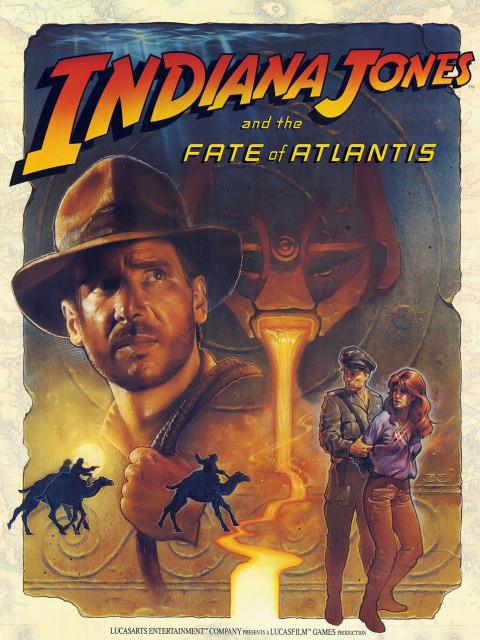
However, this did not follow from the start. Indeed, Toby was visualizing an adventurer with a hat and a whip, surveying (often dangerous) ruins in search of forgotten treasures. Suffice to say that the comparisons would have immediately rocketed, especially that Dr. Henry Walton had already lent his name to a game, Indiana Jones and the Mystery of Atlantis (1992).
Neither one nor two, Toby picks up his pencil and decides to bring a woman to life this time around. And even if it means being original, he decides to move away from the stereotypes of the time. Indeed, the young man can no longer bear to see women too often confined to the roles of princesses to save or simple bimbos. To do this, he is inspired by very different things, such as the album cover Raw Like Sushi by Neneh Cherry or the boards of Tank Girl (the comic punk heroine of the same name). After various sketches, Gard finally stops at a South American with a sculpted body sporting a long braid. It is this version that he decides to present to Jeremy Heath-Smith, Co-Founder of Core Design. But the latter is skeptical of this idea. “A woman as the main protagonist? It will never work ” he says to him. But Toby Gard does not budge and thus was born Lara Croft, or rather Laura Cruz as he initially wanted to name her (very quickly anglicized with a new name and new origins).

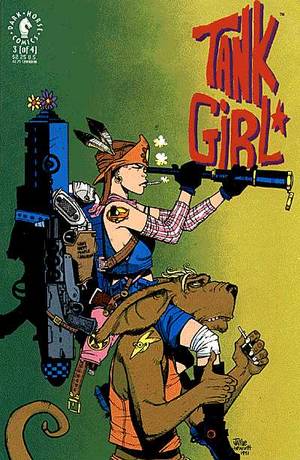
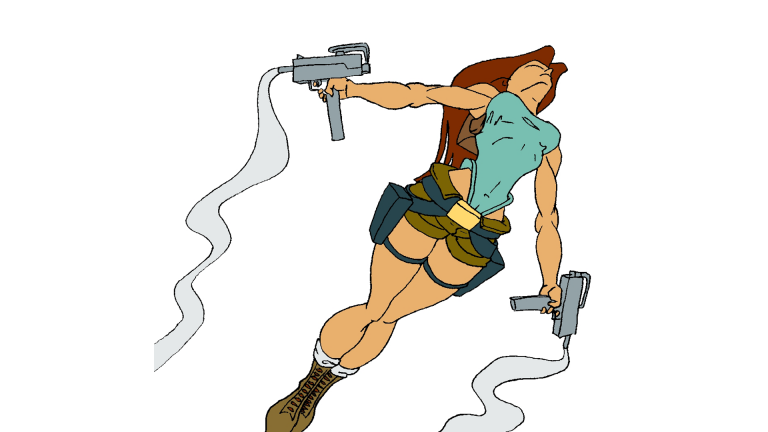
1996, the first Tomb Raider game is released. We find a Lara in three dimensions, without braid, but with an imposing chest. As you probably know, this last point is due to an accidental increase that could have been corrected. But the marketing potential of such a physique was too enticing for Core Design and Eidos Interactive, the publisher, who decided to keep it. A decision that is fairly representative marketing constraints which animated the development process of this first Tomb Raider (and the following ones). Constraints which also pushed Toby Gard to leave the ship quickly.
What bothered me was the marketing that wanted us to portray Lara in a way that didn’t coincide with who the character was. At the time I didn’t like it and it made me want to keep control of my characters in the future. That’s why I left.
Toby Gard for The Guardian

Despite the departure of its creator, Tomb Raider is performing well, both on the critical and sales side. Not less than seven million copies will be sold worldwide, a significant figure, especially for the time. Core Design has its new goose that lays golden eggs and intends to make the most of it.
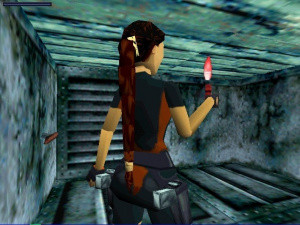
A year later, a second opus is born. If Core Design has given itself the means to achieve its ambitions by hiring more people, the deadlines are more than tight (less than a year of development) force the team to work day and night to finalize the project. Hard work which will continue to pay off since this second opus will also be well received. But at what cost ? The developers are exhausted… So when the idea for a third title hits the table, they ask for a longer deadline. Especially since they have big ambitions, eager to make Tomb Raider III a new generation game with a different game engine and animation system. The request was refused and thus marked the departure of some members of the Tomb Raider team. And those still present, for the most part, were not out of pure passion.
To be honest, it was the royalties that kept us going.
Gavin Rummery, programmer on Tomb Raider I and II in particular, for Euro Gamer
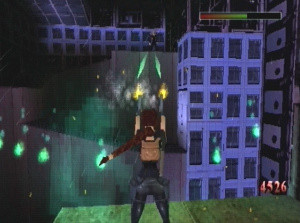
But Core Design does not admit defeat so far and brings together developers working on other projects to develop its next opus. Whether at the level of development or communication, the studio puts the small dishes in the big ones: improved artificial intelligence, a different style of gameplay, reworked graphics and a huge communication campaign involving British model Nell McAndrew. All this for a game riddled with bugs, which, if it is far from being a failure, does not manage to catch up with the two previous opus in the hearts of players and critics. Because to absolutely want to ride the wave of success, Eidos Interactive has bet on speed rather than quality.

The Tomb Raiders have never been perfect, in form. When the third episode arrived, we warned you that it might be even less so than the other two. A month and a good hundred hours of play later, the results are even more striking than we thought.
Dave Martinyuk in PlayStation Magazine January 1999
But the publisher decides to ignore the warning signs and embarks Core Design for a fourth episode scheduled, once again, for the following year. The development was launched in parallel with Tomb Raider III and as much to say that the developers could not take any more. Exhausted and constrained, they reluctantly embark on the creation of this new opus, still more ambitious despite an equally tight deadline. But an idea is a game-changer, providing a very specific motivation for the team: and if it was possible to kill Lara Croft.
Andy Sandham, who had worked on Tomb Raider II & III, is entrusted with the heavy task of scripting this fourth opus, Tomb Raider: The Final Revelation. As he slowly imagines Lara’s return to Egyptian lands, a crazy idea comes to his mind.
We knew we wouldn’t get away with this, but it was a moment of catharsis.
Andy Sandham for Euro Gamer
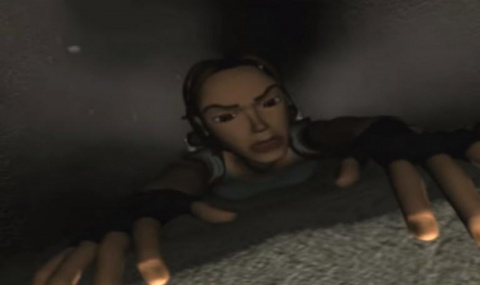
Burnt out, killing Lara was proving to be the only way to end these far too long days and this insurmountable pressure. The developers therefore work around this little secret for many weeks, until finally presenting their vision of the game to Jeremy Heath-Smith. If he is delighted by the return to Egypt and the novelties brought by this new opus, he is very quickly disillusioned by discovering the fate which is reserved for his heroine. While trying to escape from the temple of Horus (falling into ruins), Lara falls and we see her body, lifeless, buried under the rubble. For the co-founder of Core Design, it’s a shock.
He called us all into his office and said, “What the hell are you doing?” And we were like, “You know, we were getting really tired of her.” So he said, “Well, you’re going to have to fix this.”
Andy Sandham for Euro Gamer
But the developers have well thought out their move. The development of the game is too advanced, impossible to go back. At the end of 1999, players therefore witnessed the dumbfounded death of Lara Croft, concluding an opus surprisingly not so bad. Most developers even remember the latter as their best game, despite the chaotic conditions of its creation. And in the end, it might have been better if it had been quite the opposite.
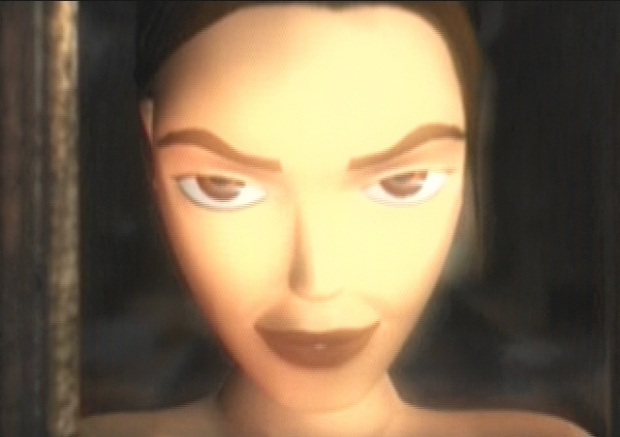
With this opus, the saga does not waste its potential, far from it. Eidos Interactive therefore intends to continue to use it. The editor then asks Core Design to go back to coal. This is one too many times. If developers don’t really have a choice to get their check, they don’t put their own money into it. The result is a Tomb Raider: In the Footsteps of Lara Croft not really flourishing (“calamitous” according to Marcus), looking back on the past exploits of the young woman. But it is with Tomb Raider: The Dark Angel that the saga really hits the bottom.
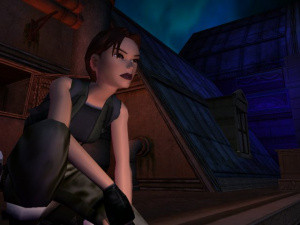
Released in 2003, it casually relaunches the adventures of Lara Croft, without even bothering to provide the slightest explanation for her incredible resurrection. This was of course expected, but the release of the game was advanced by the publisher, so that the latter coincides with the release of the film Lara Croft: Tomb Raider, Cradle of Life, the sequel to the one released in 2001. With such a rush, it was impossible to do things right. Core Design had to shed some destinations and other essential narrative or gameplay elements. Not to mention the many bugs present in this sixth opus. In view of this critical failure, It would probably have been better that Andy Sandham followed his first intuition: outright beheading the heroine so that she could never come back.
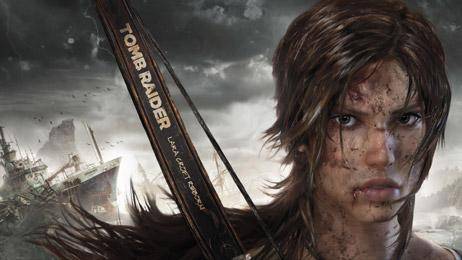
If today the figure of Lara Croft has succeeded in being reborn from its ashes, it almost sank into mediocrity and oblivion. The one who was to die was revived by Crystal Dynamics and his new recipe for Tomb Raider which paid off. It’s hard to say the same for Core Design. After the release of Tomb Raider: The Dark Angel Jeremy Heath-Smith resigned from his post. The Lost Dominion project, a sequel to this opus, was quickly abandoned. A few weeks later, Eidos Interactive withdrew the franchise from the studio and handed it over to Crystal Dynamics. The studio then embarked on the production of three low-budget games before Eidos severed all ties with them from 2006. Following a takeover, the studio was renamed Rebellion UK Derby. Yet another attempt to save a studio which will finally shut down in early 2010, following two commercial failures (Rogue Warrior and Shellshock 2: Blood Trails). Like what, at the time also, the dramatic consequences of the crunch and other pressures were already being felt.

